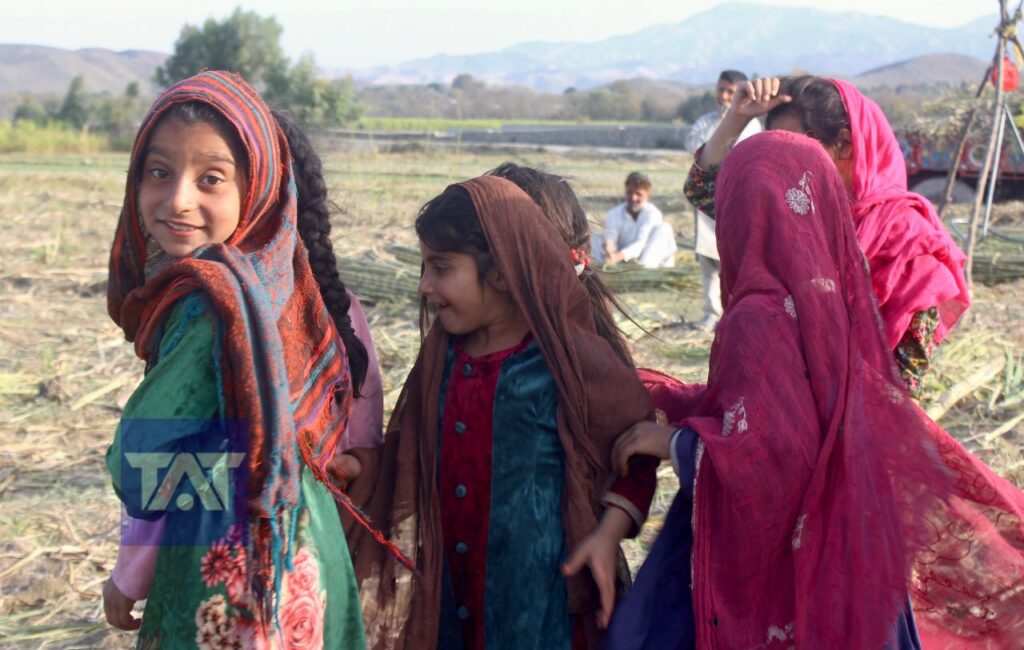The plight of Afghan children remains dire as they grapple with a multitude of challenges, exacerbating an already precarious situation.

Many Afghan children returning from Pakistan find themselves thrust into extreme hardships, grappling with insufficient food and uncertain futures. Shabnam’s desperate plea encapsulates the struggle, “No milk. Everything costs money. What should we do?”
Heartbreakingly, child labor is on the rise, with children as young as five forced into grueling work at brick kilns and markets. Ahmad from Kandahar voices the anguish of many, “We work hard all day. Provide us with different work so we don’t have to do this heavy labor.”
The Taliban’s stringent rules pose a grave threat to education, particularly for girls who are barred from attending school and face altered curricula. Schools are struggling to stay open, and the fundamental right to education hangs precariously in the balance.

Access to healthcare is dwindling as organizations struggle to provide essential medicine, and healthcare facilities face immense challenges. Consequently, Afghan children are exposed to increased health risks with limited access to medical care.
The persisting instability in Afghanistan perpetuates unsafe conditions, placing children at constant risk and forcing many to flee their homes in search of safety. It is imperative for the world to acknowledge this crisis and work collectively to create a secure environment for Afghan children.
While global efforts are underway to assist Afghan children, challenges persist due to accessibility and safety concerns. Every contribution, no matter how small, is crucial to ensure they receive access to education, healthcare, and emotional support.

To world leaders and organizations, the call to action is clear: Diplomacy, increased aid, and collaborative efforts are imperative to address the urgent needs of Afghan children. Let us unite in solidarity to secure a brighter and safer future for the children of Afghanistan.








